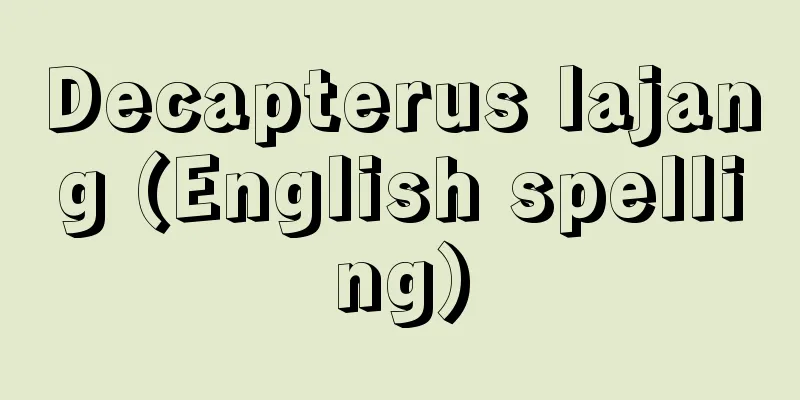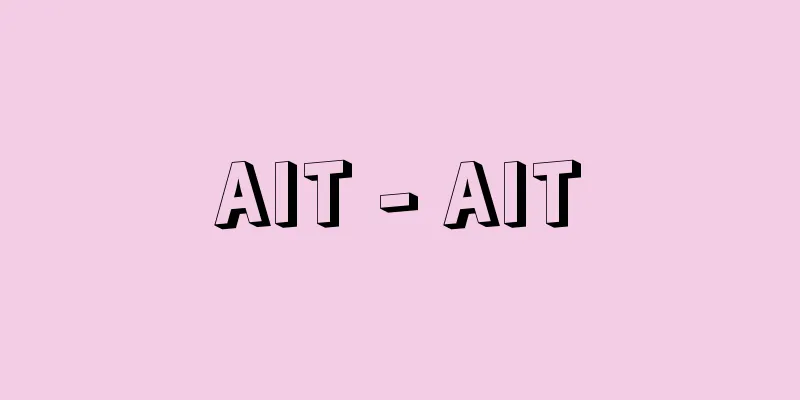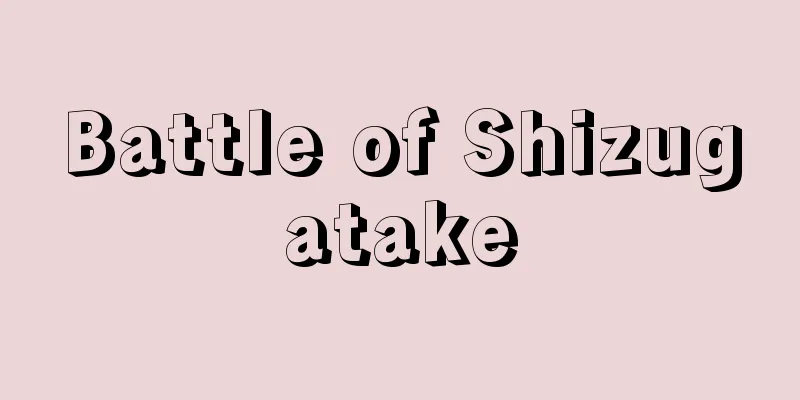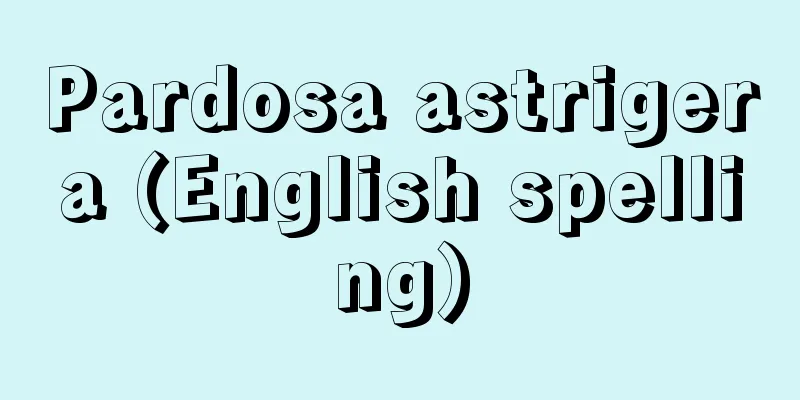Local merchant - Zaigō Shōnin
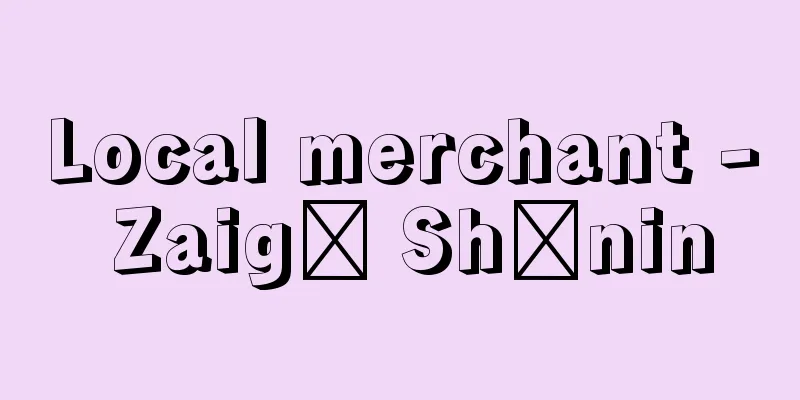
|
From the mid-modern period onwards, non-privileged rural merchants grew by mainly dealing in local specialty products. They are also called zaikata merchants. As commodity production spread to rural areas, farmers appeared who bought up the products and sold them in cities, and among these farmers, those who ran relatively large-scale businesses were zaikata merchants. Many zaikata merchants ran fertilizer businesses, buying products from farmers and purchasing the fertilizer needed for production from the cities and selling it to farmers. By buying major products and selling the fertilizer needed to produce those products, they could be said to hold the linchpin of production in their region. They often traded with farmers by lending money in advance, which also allowed them to control producers. Because of this type of business, zaikata merchants often engaged in usury, and some even became former pawnbrokers, providing pawnbroking services to dozens of villages and dozens of people. Some also engaged in handicrafts such as flour milling and weaving that had developed in the region, and some even incorporated waterwheels into their handicraft businesses and used wage laborers to move into manufacturing. Although they operated such multifaceted businesses, they were farmers through and through, based on agriculture. They collected land as pawns, rented it out for tenant farming, and grew as pawn landowners, exerting a dominant influence in their regions as merchants, craftsmen, loan sharks, and pawn landowners. In this sense, resident merchants were wealthy farmers. Resident merchants can also be said to have the merchant side of wealthy farmers. During the period of disintegration, the feudal lords incorporated the power of these resident merchants into the lowest level organizations of control. Many of those who became yosebana-nushi (headmasters of village associations) and sodai-nushi (headmasters of village associations) in the Kanto region were such resident merchants, and many of those who contributed large amounts of money to the shogunate when it established the farmers' militia and promoted its policies were also resident merchants. When local merchants wanted to sell their local specialties in the cities, they would sometimes open up new distribution routes that were different from the existing ones. In these cases, their interests conflicted with the city's wholesalers and transport operators who relied on the existing commercial and transport organizations, and some of them competed with them to create new organizations. However, some of them received capital from the city's wholesalers and became subordinate to the city's wholesalers under the existing organizations, becoming their local offices. On the other hand, their economic domination of farmers drew resistance, and some were targeted for destruction. [Koichi Ito] Source: Shogakukan Encyclopedia Nipponica About Encyclopedia Nipponica Information | Legend |
|
近世中期以降、主としてその地方の特産物を取り扱うことで成長した非特権的な農村の商人。在方(ざいかた)商人ともいう。農村に商品生産が広まるとその生産物を買い集めて都市に売り込む農民が現れたが、このような農民のなかで比較的規模の大きな商業を営んだものが在郷商人である。在郷商人には、農民から生産物を買い取るとともに、その生産に必要な肥料を都市から買い入れて農民に売る肥料商を営んだものが多い。主要な生産物を買い取り、その商品を生産するに必要な肥料を売ることで、その地域の生産のかなめを握っていたといってよい。農民との取引には前貸し的方法をとることが多く、こうした点でも生産者を支配することができた。在郷商人はこのような商業のあり方から高利貸を営むことも多く、なかには十数か村、数十人の送り質屋の元質屋となったものもある。また、その地方に発展してきた製粉や機業などの手工業を営んだものもあり、こうした手工業経営に、水車を取り入れ、賃労働者を使用してマニュファクチュア経営に進むものもあった。こうした多面的な経営を営むものであったが、農業に基礎を置いている点ではどこまでも農民であった。質地として土地を集め、これを小作に出して質地地主としても成長し、商人・手工業者・高利貸・質地地主として、その地方に支配的な力をもっていた。こうした点で在郷商人は豪農であった。在郷商人は豪農の商人的側面ともいえる。解体期の幕藩権力は、このような在郷商人のもつ力を支配の末端組織に組み込んだ。関東で組合村の寄場名主(よせばなぬし)や惣代(そうだい)名主になったものの多くは、このような在郷商人であり、幕府が農兵を設置するときに多額の寄付金を出して、その政策を推し進めたものにも、かかる在郷商人が多かった。 在郷商人が特産物を都市に売り込むにあたって、既成の流通ルートとは異なった新しいルートを開くことがあった。この場合、既成の商業組織・交通組織に頼る都市の問屋や交通業者とは利害が対立し、彼らと争って新しい組織をつくっていったものもあった。しかしなかには、都市の問屋から資本の供与を受けて既成の組織の下で都市の問屋に従属し、その出先機関化するものもあった。一方、農民に対しては、経済的にこれを支配することで抵抗を受け、打毀(うちこわし)の対象となったものもある。 [伊藤好一] 出典 小学館 日本大百科全書(ニッポニカ)日本大百科全書(ニッポニカ)について 情報 | 凡例 |
>>: Supreme Court - saikō saibansho
Recommend
Underground shopping mall - Chikagai
This refers to a large shopping mall built under ...
Running script - Gyosho
〘Noun〙 A style of Chinese characters. It is somewh...
Uvula - Palatine
The uvula is a papilla-like protrusion that protru...
oyun hava (English spelling) oyunhava
...The former are songs with free rhythm, wide ra...
Wang Zhen (English spelling)
[Live] Guangxu 34 (1908).4. Hunan, Liuyang [Died] ...
Anarcho-Syndicalist
...The general strike was advocated by some comme...
Date Musume Koi no Hikanoko - Date Musume Koi no Hikanoko
Ningyo joruri. Sewamono. Eight volumes. Kakugaki (...
fortune teller - fortune teller
A person who specializes in divination using coun...
Cheolrima
In Korean legend, a dragon horse with wings that c...
Complex
When a single atom or ion (usually a metal ion) i...
Nam Jun Paik (English)
… The impact of Japanese performance activities i...
Hedeby (English spelling)
A Viking-era trading post located in the southern ...
Catholic Restoration - Catholic Fukko
…Examples include the reign of Mary I of England,...
Ely (English spelling)
A town in the East Cambridgeshire district (popula...
Ave verum corpus (English spelling) Aveverumcorpus
... Since the second half of the 18th century, th...


